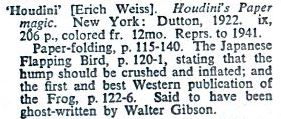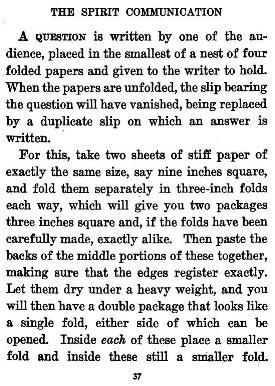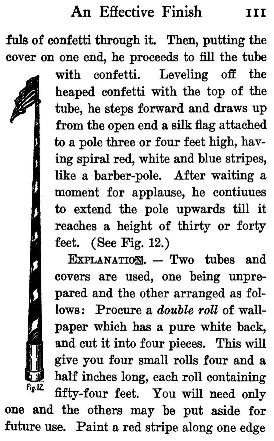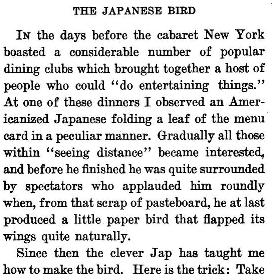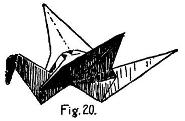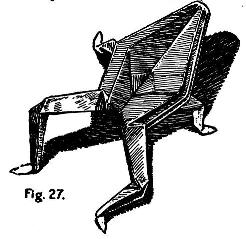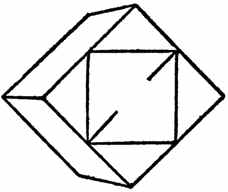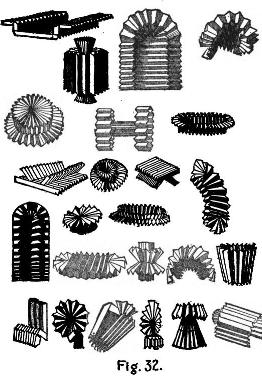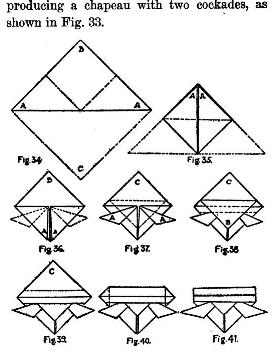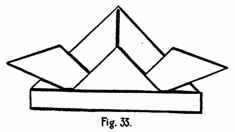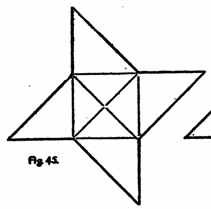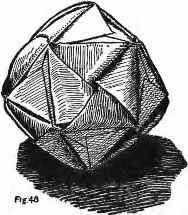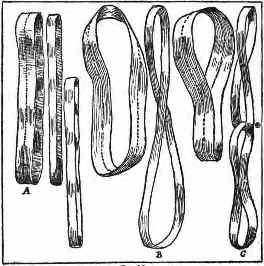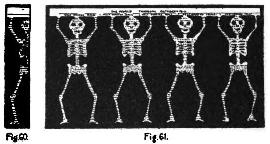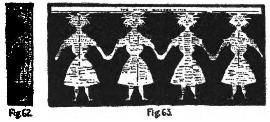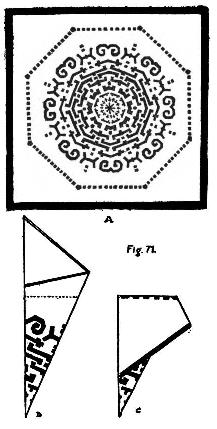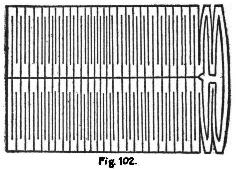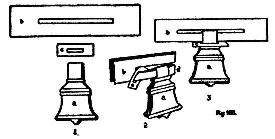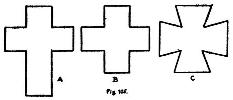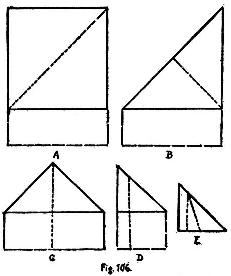| The Public Paperfolding History Project
Last updated 19/8/2024 x |
|||||||
| Houdini's Paper Magic | |||||||
| 'Houdini's
Paper Magic' was published by E P Dutton and Company of
New York in 1922. According to a note in Gershon Legman's 'Bibliography of Paperfolding', 'Houdini's Paper Magic' is said to have been ghost written by Walter B Gibson, another conjuror.
A full copy of this book can be accessed online here. ********** Analysis The book is divided into four sections - Paper Tricks, Paper Folding, Paper Tearing and Paper Puzzles. Many, but by no means all, the effects involve folding paper. The highlights from a paperfolding perspective are: Paper Tricks Several of the effects in this section which are not specifically mentioned here use pellets made by screwing up paper or paper as a wrapping etc. The Spirit Communication (The Buddha Papers)
********** An Effective Finish (The Newspaper Sword)
********** Paper Folding The Japanese Bird (The Flapping Bird) Houdini says he learned this design from an 'Americanised Japanese' who he goes on to call a 'clever Jap'.
This origin is supported by the fact that he goes on to suggest that the body should be inflated in the way that the body of the Paper Crane was often inflated in the Japanese tradition.
********** The Bullfrog (The Blow-up Frog) Houdini says he learned this design from the same Japanese friend.
*********** Puzzle Box for Sweets (The Catherine of Cleves box)
********** Trouble Wit (Troublewit)
********** The Chapeau (The Kabuto or Samurai Helmet) The horns of the Kabuto, called 'cockades', are folded at a lower position than in the normal modern version of the design. Houdini states that this design is also of Japanese origin but does not attribute it to his 'Japanese friend'.
********** The Japanese Purse (The Menko)
********** Japanese Hexagon Puzzle Box (The Hexagonal Tematebako - made by gluing six Menko together)
********** Paper Cutting Trewey's Paper Rings (The Afghan Bands)
********** Jacob's Ladder (The Newspaper Ladder) Houdini also includes a variant of the Newspaper Ladder which he calls the Trellis (pictured on the right)
********** The Fir Tree (The Newspaper Tree)
********** The Dancing Skeletons / Grandma's String of Dolls / The Dancing Girl's (all versions of the Chain of Dolls)
********** Circular Designs (The Paper Doily) Instructions for several complex designs are given. One of these is stated to be of Japanese origin.
********** The Five Pointed Star - The Fold and One Cut Pentagram
********** To Pass Through A Card - How to Climb Through A Playing Card
********** The Liberty Bell - A reworked version of the Cherries Puzzle
********** Paper Puzzles This section consist mostly of tangrams and dissections but also includes: The Three Crosses The first cross is the Fold and One Cut Latin Cross. The second is the same thing from a square to produce a Greek Cross. The third is a Maltese Cross.
********** |
|||||||
